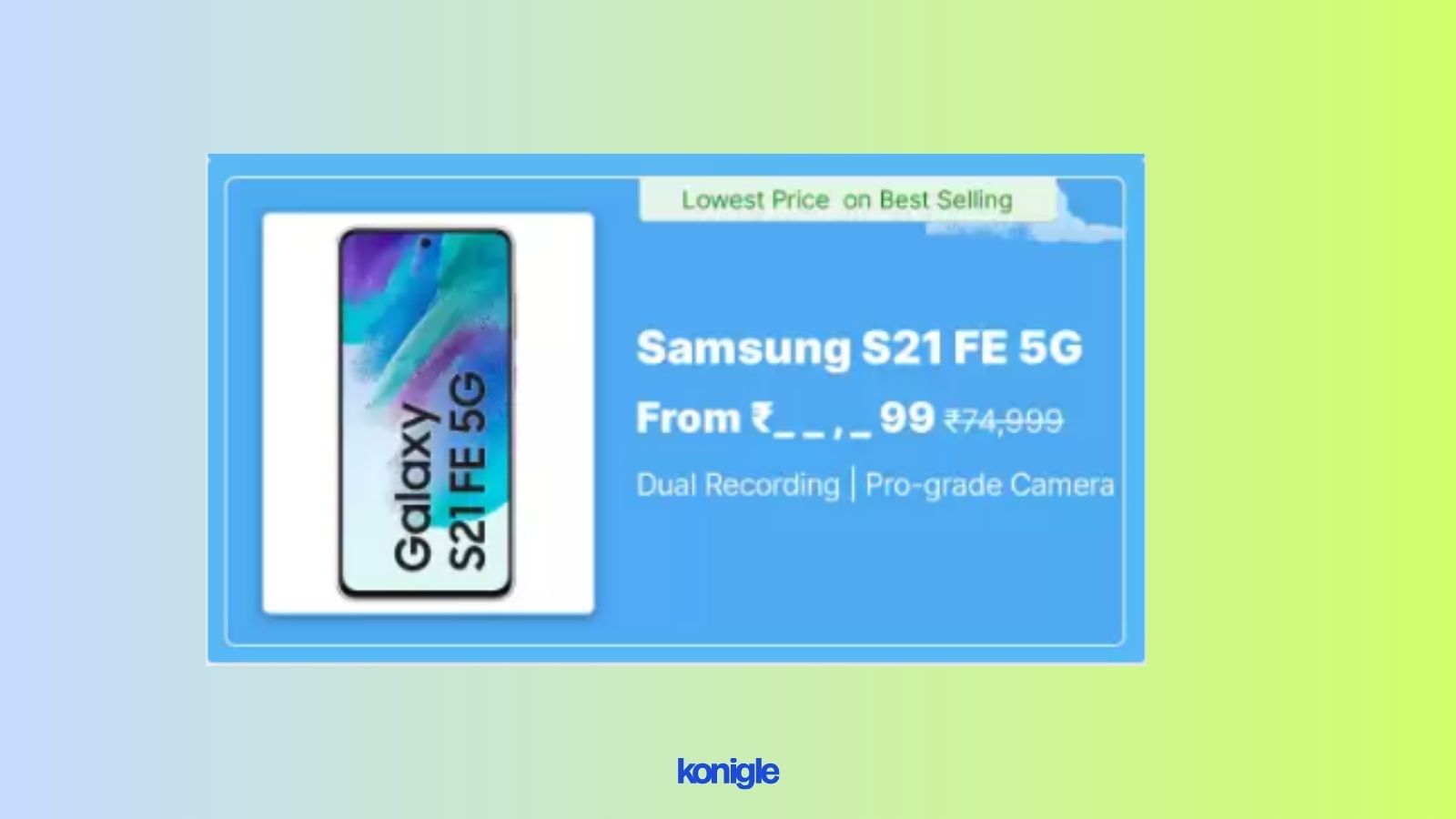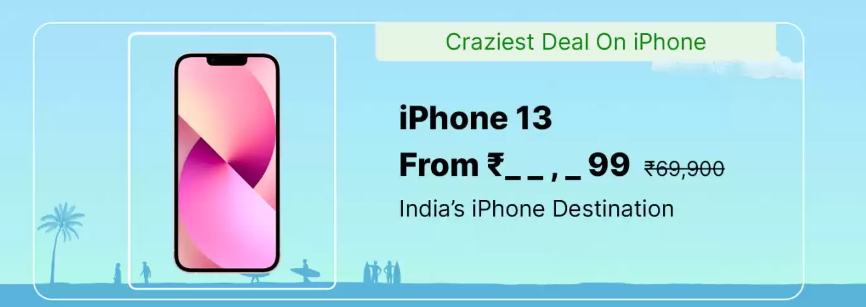Exclusivity Breeds Urgency: Hiding Product Prices on E-commerce Websites

May 4 2023
Flipkart's tactic of creating a sense of urgency and exclusivity by hiding prices is a smart move to increase conversion rates and average order values.
This morning, I woke up to the sound of my phone buzzing with notifications. Bleary-eyed and still half-asleep, I reached for my phone to see what the fuss was about. As it came to life, I saw that I had received several alerts about a sale on Amazon and Flipkart in India.
Instantly, I was wide awake. The prospect of getting great deals on my favorite products was too tempting to ignore. Without even brushing my teeth, I opened the Amazon app and started browsing through the products on sale.
My heart skipped a beat when I saw the discounts on electronics, fashion, and home appliances. I quickly added a pair of headphones, a Bluetooth speaker, and a pair of shoes to my cart.
As I was about to check out, my phone buzzed again. This time, I received a notification from Flipkart. Curious to see what deals they had to offer, I opened the app and was pleasantly surprised to see some banners.
Product prices are typically displayed prominently on banners and product pages of e-commerce websites. However, some businesses like Flipkart choose to conceal their product prices to create a sense of urgency and exclusivity, which can help increase conversion rate and average order value.

This tactic is based on the principle of fear of missing out (FOMO), where customers are more likely to purchase a product because they don't want to miss out on a special opportunity. Keeping prices hidden creates a sense of exclusivity and urgency that will motivate customers to act quickly.
One way to implement this strategy is by using banner ads to promote a limited-time offer or exclusive product without revealing the price, as shown in the above image. This can pique customers' curiosity and encourage them to click through to the product page to learn more. Once on the product page, businesses can use persuasive copy and images to further entice customers to make a purchase and reveal the price only at the final checkout stage.
However, it is important to note that hiding prices may not be suitable for all businesses or products. For instance, if a business sells commodity products that customers can easily find elsewhere, hiding prices may frustrate customers and drive them to competitors. Moreover, some customers may view hiding prices as deceptive or untrustworthy, which could harm the business's reputation.
So, after completing my purchases, I took a deep breath and smiled to myself. It had been a long time since I had indulged in some retail therapy, and the sale on Amazon and Flipkart had provided the perfect opportunity.